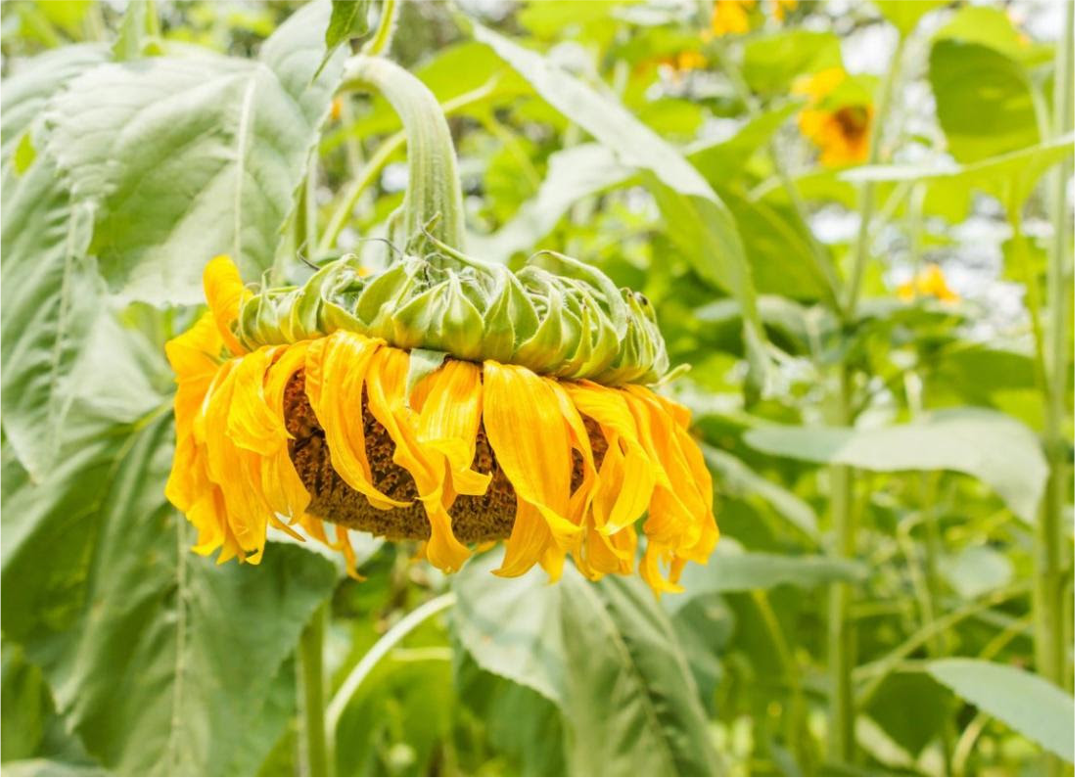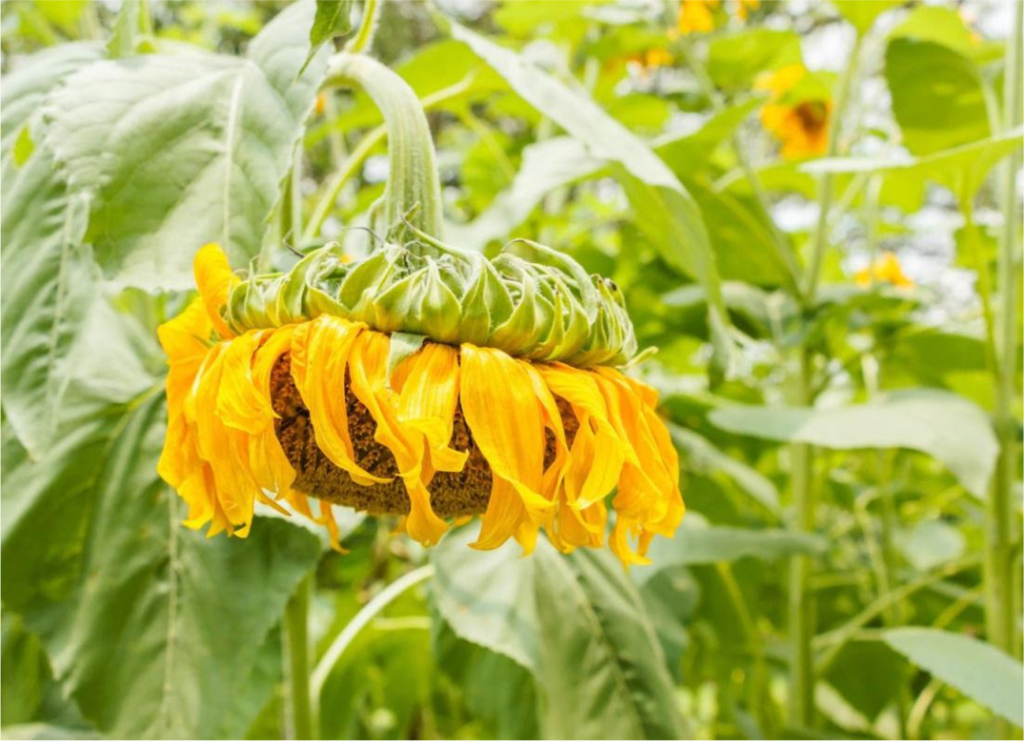Lessons from the Garden

I am often amazed at how many life lessons we can learn from observing the garden and how plants communicate their needs. Consider these three unexpected ways that students may relate to plants.

1. Let’s start with boundaries. I have struggled with setting boundaries in the past. I was worried about upsetting someone or letting others down, but when I observe the garden and the boundaries set by the garden beds, pathways, as well as fences, I can see that boundaries help to keep the plants safe, healthy and allow for their optimal growth. The pathways keep the plants from being trampled and the fences keep some pests out of the garden. In parallel, setting boundaries in our lives can keep us healthy and allow us to grow.
2. While plants cannot talk, they certainly can communicate their needs to us through their “body language.” A wilted plant lets you know it needs water; yellowing plants tell us they might need more nutrients; long, leggy plants let us know they are having to reach for the light. A sunflower, leaning over with its heavy, burdensome flower head, might need a little support while it reaches its full potential. Taking a walk through the garden with students and observing the plants and what they are telling us can be a great way to talk about how we also communicate our needs through our body language.
3. Another fun take on this is to observe plants and look for their “personality traits.” A cactus could be seen as having a “prickly” personality, while a large tree might be seen as strong and confident. Tall grass might be characterized as “wishy washy” because it goes whatever direction the wind blows.
- Categories: